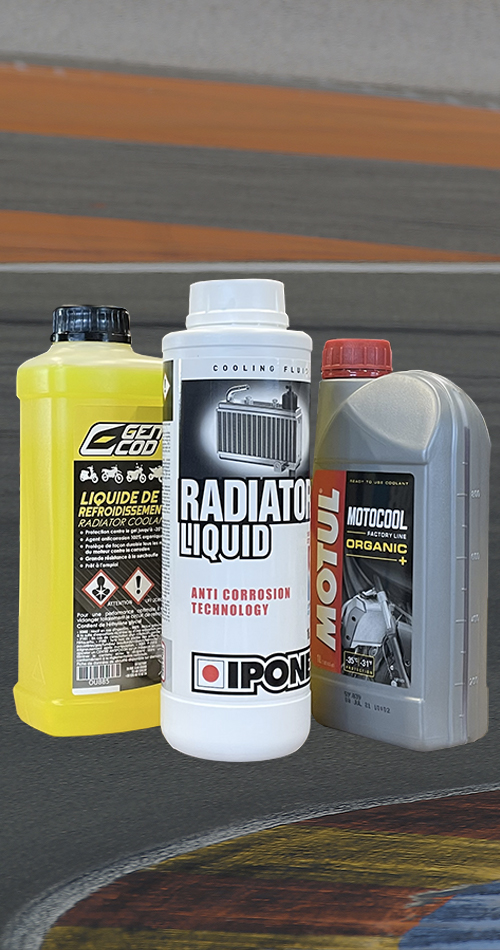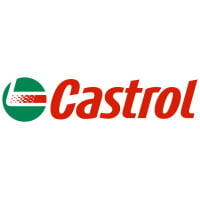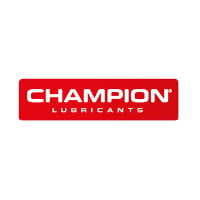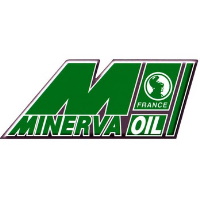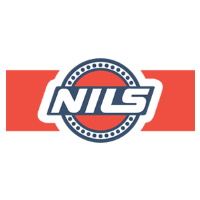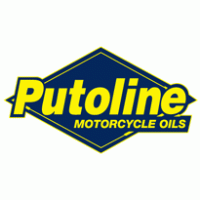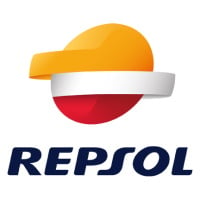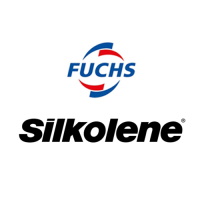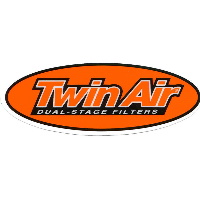
Home > general information > Tips and Guides > Technical guides > Generalists >
CHOOSE YOUR COOLANT WELL
Warning: you may not know this, but there are many types of coolant. It's not easy to find your way around! To start, know that in no case, you can use water as coolant.
The coolant is made up of treated water, an anti-corrosion additive and an antifreeze additive. This mixture makes it possible to reduce the freezing temperature of the coolant, and to increase its evaporation temperature.
Different Types of Coolant
There are three types of coolant, each with a different extreme temperature resistance threshold:
Type 1 liquid freezes below -15 °C and evaporates at 155 °C;
Type 2 liquid freezes below -18 °C and evaporates at 108 °C;
A liquid of type 3 freezes below -35 °C and evaporates at 155 °C.
— Mineral: Inorganic Additive Technology (IAT) It is the first coolant. Although it is now outdated par compared to the requirements of modern engines, it is still used for older vehicles. (blue or green)
—Organic Additive Technology (OAT) So-called "universal" liquids fall into this category. They are the most respectful of the environment and have the advantage of being miscible with other types of liquids. (yellow, red, pink or lilac)
— Hybride : Hybrid Organic Additive Technology (HOAT) It is a mixture of IAT and OAT that has a lifespan of 5 years. This new technology has been developed to meet the specific specifications of certain manufacturers. (yellow)
To avoid damaging your cooling circuit, the easiest way is to always top up with a liquid of the same type. To be sure, the liquid with which you top up must have the same color as the liquid already present in the expansion tank.
But be careful, it is strongly not recommended to mix it with a type 1 or 2 liquid. You necessarily have to do a coolant flush to change to a 3 type fluid.
If you mix liquids of different types, you risk causing a clog in the cooling circuit and your radiator! The coolant would then become a kind of thick mud clogging the small pipes of your radiator. Your engine would no longer be cooled enough and you risk damaging it.
Coolant is essential for the proper functioning of your engine system and your motorcycle, scooter or quad. The latter is a heat transfer liquid, that is to say that it allows the calories generated byar your engine. This one can't expulser all alone.
Coolants consist of 90% glycol and 10% additives. Glycol is a sweet substance and does most of the frost protection. The additives protect them from corrosion and lubrication, and must correspond exactly with the operating conditions of the vehicle.
In order to be able to compare the quality of coolants, you should definitely know its 3 components:
- water is the major part of the liquid, in the past it was necessary to use distilled water, today it is recommended to use distilled water tap water
- glycol (ethylene or propylene) is added to water to lower its freezing point below zero (which prevents it from freezing on hot days) winter) and raise its boiling point above 100 degrees, in order to prevent the production of steam in the circuit.
- anti-corrosive additives based on organic or inorganic inhibitors, have been added more recently to prevent scale deposits and the corrosion causedar the water-glycol mixture on the radiator and on the engine.
Do not hesitate to put a few euros more for a good quality liquid, and adapted to your motorcycle.
What are the characteristics of the ideal coolant?
Excellent heat exchange capacity, high boiling temperature, ideal viscosity for flowing in small section tubes and, always welcome, a low price: it is water.
In terms of performance, it's virtually unrivaled, but unfortunately freezing below 0° makes it unsuitable for this purpose in winter, when operating temperatures can drop drastically below the freezing threshold.
That's why the most common term for coolants, in common parlance, is “antifreeze†.
If there are different colors of coolant left today, rely more on the type of coolant marked on the canister and its technology rather than its color alone.
Conclusion
To summarize : The purpose of the coolant is to solve a recurring problem that motorcyclists and pilots know well, the harmful appearance of heat and more particularly of hot spots in certain places of the engine block.
Be sure to pay attention to the condition of your coolant, it wears out over time and loses its quality as it ages. So be careful to change it every 2 or 3 years. After 2 years, the essential qualities of the coolant disappear and its antifreeze power diminishes. If in doubt, check or have the effectiveness of your antifreeze checked.
Check the properties of the coolant which must be clearly indicated on the container.
One last piece of advice if you open your own radiator cap to add coolant, never do it when hot, wait for your motorbike to cool down. If you do not respect this rule of caution you risk serious burns, burns which could be caused par the liquid under pressure.
Find the best brands on the market like the products Motul ou Motorex with compositions perfectly designed to effectively cool the motorbike engine and ensure the protection of the cooling system.
Most coolants are compatible with gaskets, hoses and plastic components.
Discover our section dedicated to refroidissement in general temperature sensor to the radiator hose by the wayar le expansion tank or water pump.

















